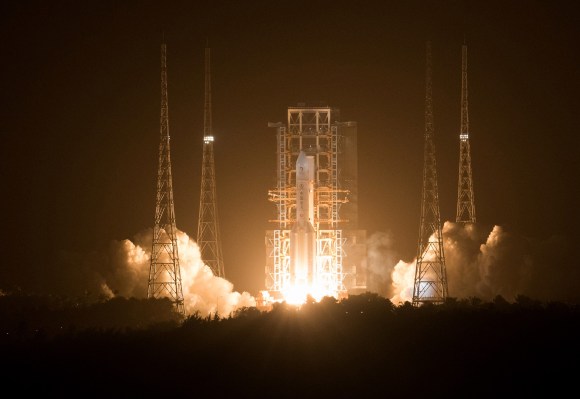After pricing above its raised range last night, Airbnb opened this morning at $146 per share, up around 115% to kick off its life as a public company.
The company is now worth $158 per share. Using its IPO share count inclusive of shares reserved for underwriters, the company is worth $95.1 billion, but on a fully diluted basis, including shares that could be exercised or awarded in the future, Airbnb is worth much more.
The home-sharing unicorn initially targeted $44 to $50 per share in its debut, later raising that range to $56 to $60 before pricing at at $68 per share. To open at such a premium is not shocking given how the debuts of DoorDash and C3.ai performed earlier in the week.
Taken as a trio, the companies’ amped public debut are stoking concerns of mispriced IPOs.
However, taken as a trio, the companies’ amped public debut are stoking concerns of mispriced IPOs and, at least in my head, public markets that are more enthusiastic than reasonable.1
The explosive debuts of the enterprise AI company, the home-sharing giant and the food-delivery leader were not the first IPOs of 2020 to set off fireworks when trading began. Snowflake, another megadebut, gained more than 100% in its first trading day, despite pricing above its own raised IPO price range.
What’s going on? Let’s use Snowflake as a prism through which we can figure it out. Lemonade, the summer insurtech IPO, will also provide some useful guidance.
Was Snowflake underpriced?
When Snowflake’s IPO went out with a thunderclap, it was more ammunition for critics of the traditional public offering. The company and its private investors had done so much work to get Snowflake to the public markets, complaints seemed to go, and then some idiot bankers mispriced its debut by 100%, rewarding their clients and screwing the company? Awful!
So went the argument. However, as I wrote at the time, leaning on the work of Forbes’ excellent reporting, Snowflake’s CEO was not fully bought into the concept:
Alex Konrad at Forbes — a good chap, follow him on Twitter here — caught up with Snowflake CEO Frank Slootman about the matter. He called the “chatter” that his company left money on the table “nonsense,” adding that he could have priced higher but that he “wanted to bring along the group of investors that [Snowflake] wanted, and [he] didn’t want to push them past the point where they really started to squeal.”
This is the “long-term investor” argument that you will hear on any call with a CEO on their IPO day. It goes like this: If you want long-term holders of the stock, you have to find a price that they will accept; that price may be different than what retail investors will pay when the company begins to trade. So, the gap, or pop, is fine as you are trading one thing for another.
As we reported around the time of Snowflake’s debut, a number of SaaS VCs had recently pointed out that when a very hot company goes public, the number of shares initially up for trading can be incredibly low. That thin float can heartily distort the supply-demand curve, leading to skyrocketing early trading prices.
This brings us back to the long-term investor point. The more long-term holders you bring aboard during the IPO process, the thinner your stock trading may be at the start, as the portion of shares that might trade hands is constrained by folks who plan to keep them.
Compounding that effect, if you go public during a time when retail investing demand is scorching (like today) the demand side of the first-trade equation can be stretched even further. So, the hotter the company, the better it does at securing long-term investors, and the more amped regular investors are, the higher the chance of a first-day pop.
This is only part of the puzzle. There are two other factors to consider as we stare at stock chart screens for the rest of the day:
First, zero-percent interest rates have seen waves of capital around the world hunting for yield, often measured through the prism of growth. Largely the companies that we have seen pop this year have either a history of growth, or recent expansions that are impressive. The market’s yield hunting likely made their shares even more attractive to buy, once again making the early trading supply-demand equation more imbalanced than it otherwise might have been.
Second, there is brand. When Lemonade’s IPO went off this summer to great reception, I asked its CEO what the hell was going on. In his explanation, he noted the importance of brand in IPO performance. This surprised me.
To heck with brand value, my thinking went, just give me the hard numbers. This is why I am not an investor. Brand matters. DoorDash and Airbnb, for example, have deep consumer mindshare; this fact, once again, amps demand. Which, in turn, boosts the chance of a wicked first-day pop.
We do not know what shares of Airbnb, DoorDash and C3.ai will do in the coming weeks. Perhaps their prices will quiet down. Perhaps not.
- If you say “irrational exuberance” three times out loud in front a mirror, a venture capitalist will appear and explain why you are wrong in front of a live Clubhouse audience.
